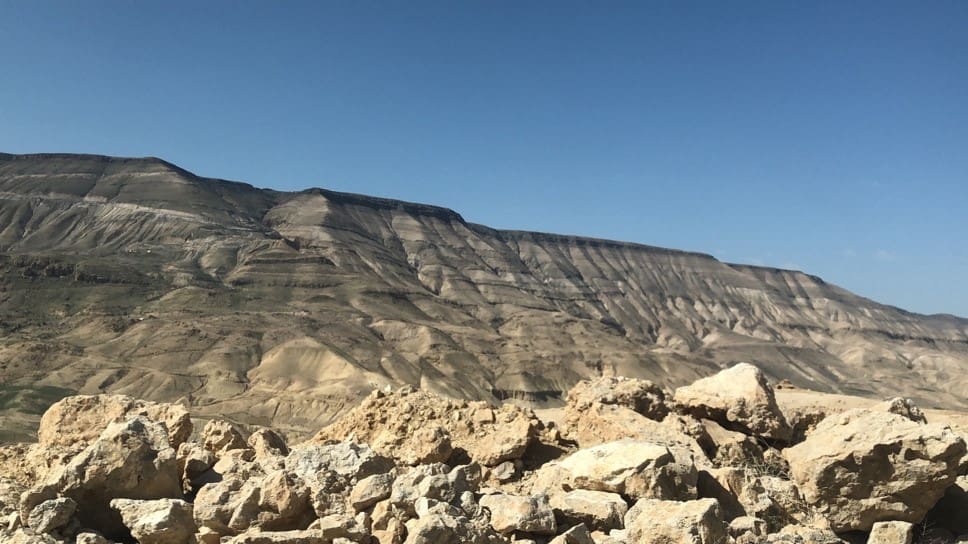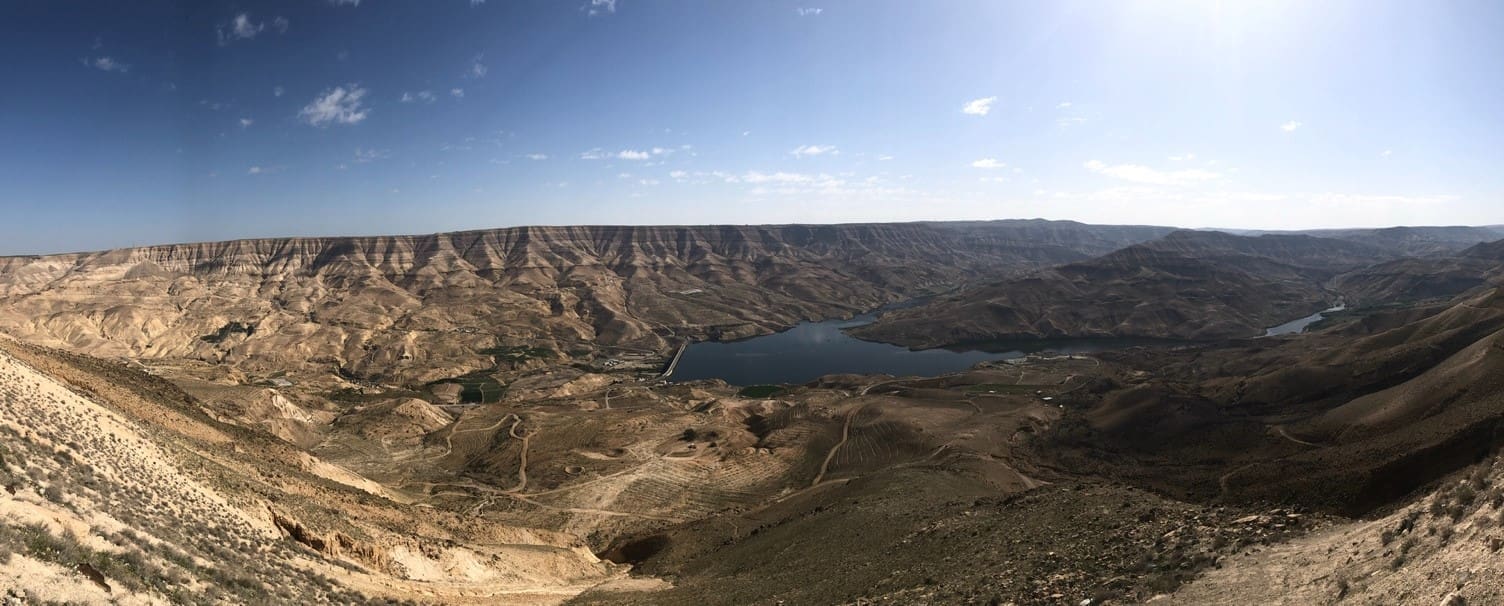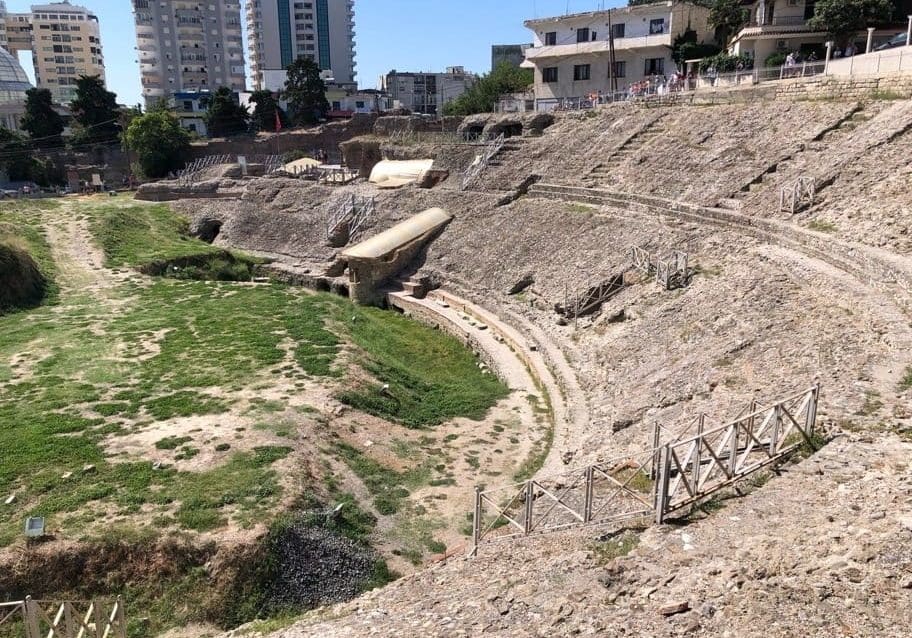
The Arnon
“From thence they removed, and pitched on the other side of Arnon, which is in the wilderness that cometh out of the coasts of the Amorites: for Arnon is the border of Moab, between Moab and the Amorites. Wherefore it is said in the book of the wars of the Lord, What he did in the Red sea, and in the brooks of Arnon, And at the stream of the brooks that goeth down to the dwelling of Ar, and lieth upon the border of Moab” (Numbers 21:13-15).
In Numbers, God finally led Moses and the Israelites out of the wilderness and toward the promised land. Before they came to the Jordan River and the promised land, they came to a test of their resolve and faith on the cliffs of the Arnon River valley. They faced a formidable enemy in the warlike Amorites. The Amorites, under their king Sihon, marauded into traditional Moabite territory and conquered their cities down to the edge of the Arnon (Numbers 21:26). According to Numbers, Sihon took complete control of the Moabite kingdom and ruled from Heshbon, the former Moabite capital in the red mountains.
The Arnon River valley historically formed a natural fort for whoever controlled the highlands. It was the border between the Edomites to the south, and the Moabites to the north, before the Amorites conquered the kingdom of Moab. The Israelites first tried diplomacy but to no avail. King Sihon the Amorite refused to let them pass through toward the promised land and instead prepared for war. Anyone approaching from the south, as the Israelites did, would have to ascend a massive cliff face. From the Book of Numbers, we know that the Israelites climbed the cliff in the face of opposition from an aggressive enemy.
Even though the story of what God did at the Arnon is not well-known among Christians, in Israelite minds, it deserved to be compared to the Red Sea crossing. God did a miracle when he destroyed the Egyptians, and He did another when He defeated Sihon and the Amorites at the Arnon. Before God parted the waters of the Jordan River, these were two of the miracles that converted Rahab to believe in the true God. Even on the other side of the Jordan, in the promised land proper, word spread of what God did for His people at the Arnon. If God could defeat the Egyptian Army, part the Red Sea, and deliver the powerful Sihon into Israelite hands, what else was He going to do?
We are exhorted to give thanks to the God who did all of this in Psalms 135 and 136! Believer, was there a time when you stood facing a deep valley, with a vicious enemy arrayed on the other side? Yet God fought beside you and brought you through? Do as the Psalms teach us, and thank Him for His goodness. Perhaps you are standing there now, facing a tiring ascent toward an enemy who seems unconquerable. If God says to go forward, I urge you to follow His command in faith. The Israelites believed that God’s promised land was nearby, and that He would lead them to it. On the other side, they looked back and sang of their deliverance.
“Who sent tokens and wonders into the midst of thee, O Egypt, upon Pharaoh, and upon all his servants. Who smote great nations, and slew mighty kings; Sihon king of the Amorites, and Og king of Bashan, and all the kingdoms of Canaan: And gave their land for an heritage, an heritage unto Israel his people” (Psalm 135:9-12).

The Arnon. It is known today as Wadi Mujib and is located in the country of Jordan. The Kingdom of Jordan has dammed the river, and today it provides a sizable portion of the kingdom’s drinking water. Photo by John Buckner
Discover more from Enjoying the Journey
Subscribe to get the latest posts sent to your email.







